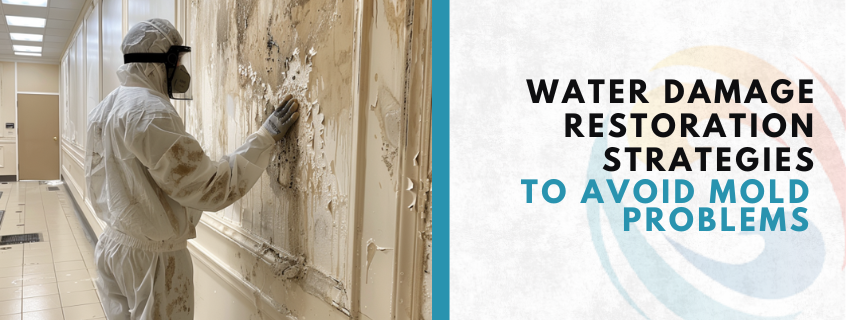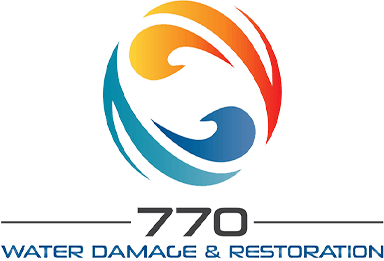Imagine coming home after a long day and stepping into a space that feels damp and smells musty. You suddenly realize that your basement has flooded, and panic sets in. This situation might sound familiar to many homeowners, and unfortunately, it’s all too common. Water damage can lead to serious structural issues in your home—and even worse, it can create the perfect breeding ground for mold. This blog will explore effective water damage restoration strategies to avoid mold problems, ensuring your home stays safe and healthy.

Understanding the Impact of Water Damage
When water invades your home, it can come from various sources, such as heavy rain, burst pipes, or even accidents like overflowing sinks. Once water seeps into materials like wood, drywall, or carpets, the damage can escalate quickly. If not addressed promptly, it can lead to mold growth within just 24-48 hours. This is where effective water damage restoration strategies come into play.
The Science Behind Mold Growth
Before diving into the strategies, let’s understand why mold thrives after water damage. Mold spores are present everywhere, but they need certain conditions to flourish: moisture, warmth, and organic material (like wood or fabric). When your home experiences water damage, these conditions can easily be met. Knowing this, it’s crucial to act fast and implement proper restoration strategies to mitigate these risks.
Water Damage Restoration Strategies
- Act Quickly: Time is of the essence when dealing with water damage. If your home has been flooded or has experienced a leak, you’ll want to start investigating the situation within hours. The longer you wait, the higher your risk for mold growth.
- Remove standing water: Use a wet vacuum or a pump to eliminate any standing water. If you’re dealing with a significant flood, it might be wise to call in professionals who can handle the situation more effectively.
- Dry the area thoroughly: Once the water is removed, it’s time to dry out the affected areas. Open windows and doors to allow air circulation, use fans or dehumidifiers, and if possible, remove soaked carpets or furniture. The goal is to lower the humidity level and ensure that everything dries completely.
- Inspect for damage: Take a close look at structural elements such as beams and drywall. If they’ve been severely compromised by water, you may need to replace them entirely. Be vigilant and check for hidden pockets of moisture that can lead to mold growth.
- Disinfect and clean: After drying and inspecting the area, disinfect surfaces to kill mold spores that may be present. Use a mixture of water and detergent or a commercial cleaner. For more severe cases, especially where toxic mold is a concern, consider professional cleaning services.
- Seal and repair: After ensuring that all areas are clean and dry, repair any damage. Apply paint, sealants, or insulation as needed. By sealing your home properly, you’ll help prevent future water intrusion.
Creating a Mold Prevention Plan
Even after following water damage restoration strategies, it’s wise to prepare for the future. Here are some practical tips to help you avoid mold problems in the long run:
- Regularly inspect your home for leaks or signs of moisture. Early detection can save you time and money.
- Maintain gutters and downspouts to direct water away from your home’s foundation.
- Ensure proper ventilation in areas like bathrooms and kitchens, where moisture levels tend to be higher. Exhaust fans are a great addition!
- Use mold inhibitors in paint and sealants to reduce the risk of mold growth.
- Invest in a dehumidifier if you live in a humid climate. This can help maintain optimal humidity levels in your home.
Real-World Example: A Family’s Journey
Let’s take a look at a real-world example to illustrate these strategies in action. The Garcia family noticed a water leak in their attic after a heavy rainstorm. Instead of waiting, they acted promptly. They removed the wet insulation and called a professional to help with water extraction. Using fans and dehumidifiers, they ensured everything dried within a day. They also inspected the attic regularly afterward, found and sealed a few small vulnerabilities, and now enjoy a dry, mold-free home.
The Benefits of Professional Help
While DIY methods can be effective, consider that sometimes the best option is to hire professionals for water damage restoration. A trained team has the experience and equipment to handle extensive damage, ensuring the job is done right the first time. They can also help identify hidden issues you may not notice, further protecting your home from future mold growth.
Final Thoughts
Water damage restoration strategies are vital for protecting your home from mold growth. By acting quickly, properly drying affected areas, disinfecting surfaces, and staying vigilant, you can safeguard your environment. Furthermore, implementing preventive measures will further shield your home against water damage in the future.
Remember, prevention is key. Don’t wait for a disaster to strike; make your home a safe haven, free from the perils of mold. Whether you’re a DIY enthusiast or decide to call in experts, proactive water damage restoration strategies will ensure your peace of mind and the health of your household.
Quick Recap of Water Damage Restoration Strategies
- Act quickly after water damage occurs.
- Remove standing water immediately.
- Dry thoroughly to prevent mold.
- Inspect and repair damage.
- Clean and disinfect affected areas.
- Create a mold prevention plan for the future.
By following these steps, you’re well on your way to keeping your home safe and sound. Don’t let mold take root—take action today!
Sure! Here’s a refined version of the FAQs that is concise, short, and direct:
FAQs on Water Damage: Causes, Response, and Restoration
What causes water damage in homes?
Common causes include heavy rain, flooding, burst pipes, and appliance leaks. 770 Water Damage & Restoration offers inspections to identify and address these issues.
How quickly should I respond to water damage?
Act within 24-48 hours to prevent mold growth. Our team at 770 Water Damage & Restoration is available 24/7 for immediate assistance.
What is your restoration process?
We assess damage, remove standing water, dry the area, disinfect surfaces, and make necessary repairs to restore your home.
Can I handle water damage myself?
Minor issues may be manageable, but significant damage requires professionals to avoid further complications. Trust 770 Water Damage & Restoration for expert help.
How can I prevent mold after water damage?
We recommend proper ventilation, regular leak inspections, prompt water damage response, and using mold inhibitors. Our team can assist with these strategies.


